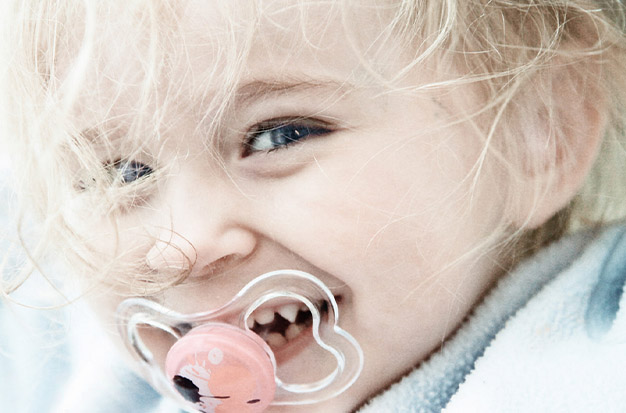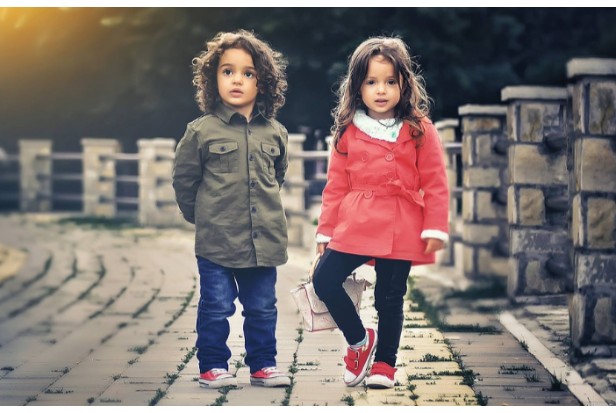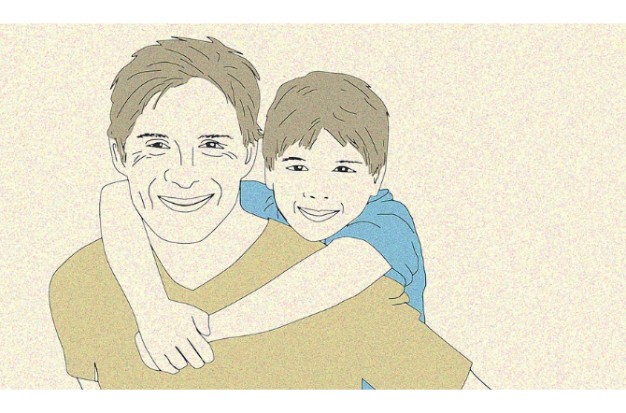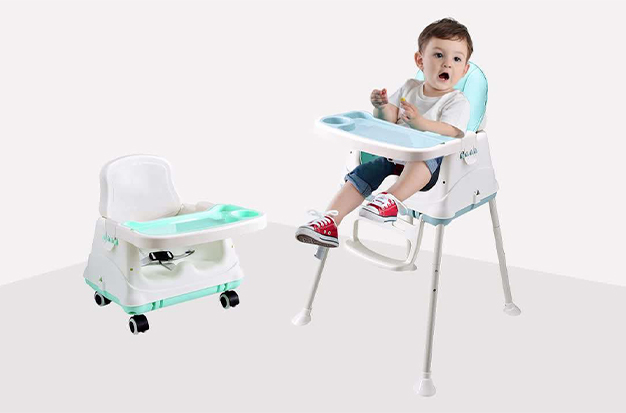Whatever you want to call it—a binky, soother, or mouth plug—pacifiers are regarded as a necessary piece of baby equipment. You, as the parent, will have to make that choice even though some pediatricians advise against pacifier use in kids. Because pacifiers frequently satisfy and calm your baby and may facilitate weaning at a later age, you might be tempted to use one. But there are also negatives. A serious issue is the emergence of the condition known as “pacifier teeth.”
What Are Pacifier Teeth, And What Causes Them?
Childhood is the time when teeth are developing, beginning in the womb. Anything placed in a child’s mouth for a prolonged period of time during this stage has the potential to obstruct the development of their teeth and oral hygiene.
After prolonged use of pacifiers or protracted thumbsucking, pacifier teeth are a case of teeth misalignment (malocclusion).
The main contributor to this condition is persistent object sucking, which throws off the teeth’s normal alignment.
The severity and rate at which pacifier teeth develop depend on how hard your sucking is.
The use of a pacifier and thumb sucking can lead to:
- Overbite (buck teeth): when the upper teeth are exposed and covering the lower teeth.
- An open bite is one in which there is space between the upper and lower teeth because they don’t touch.
- Speech impediments: When teeth alignment problems cause the tongue’s position to change.
Why Is It So Important To Avoid Pacifier Teeth?
Pacifiers might end up doing more harm than good to a baby’s mouth, especially if used for an extended period of time, similar to how babies sucking their thumbs can cause oral problems later in life. The following are some of the side effects of using pacifiers, according to the American Dental Association:
- Crooked or crowded teeth
- Jaw misalignment
- Problems with biting
- Protrusion of the tongue
- Changes in the roof of the mouth
- Change in the position of teeth
In other words, using a newborn pacifier has multiple potential side effects for a baby’s teeth. Pacifier use can occasionally lead to future brace usage.
Fixing Pacifier Teeth: What To Do?
If pacifier teeth can self-correct, you might inquire with your child’s pediatric dentist. Self-correction is not possible for children older than 7-9 years old. Problems with dental development must be treated with additional methods, if possible. There are treatments available whether your child has a compromised jaw development, an underbite, an overbite, crooked teeth, or all of the above.
Your child’s pediatric dentist must take action to decide the best course of action to correct the dental malformation once the permanent teeth have erupted. He or she can achieve this using non-invasive method like braces or other dental equipment to help correct jaw alignment or small palate adjustments.
Braces
For a number of different jaw problems and misalignments, your child’s pediatric dentist may advise braces. The following are some possible effects of braces.
- Move crooked teeth back together
- Reverse a bite malocclusion (underbite, overbite, frontal misalignment)
- A correct minimal jaw or palate adjustments
Use Of Palatal Expanders
- Corrects alignment of the mouth’s roof or palate
- Can encourage teeth and jaw back into their natural positions
Treatment can last anywhere between a few months and several years, depending on the extent of the harm caused by prolonged pacifier use.
Surgery
For the treatment of pacifier teeth, surgery is typically not recommended. The only exception would be if one or two teeth were extracted. This may be as a result of baby teeth that haven’t fallen out yet being topped by permanent teeth.
One of the more difficult choices parents have to make is whether or not to use a pacifier for their child. The use of a pacifier has been shown to have advantages such as self-soothing, easier weaning, satisfying the newborns’ sucking reflex, and occasionally pain relief. However, if your child has used a pacifier after turning three years old, pacifier teeth could develop. There is no way to correct oneself. A pediatric dentist should be consulted for the best results.
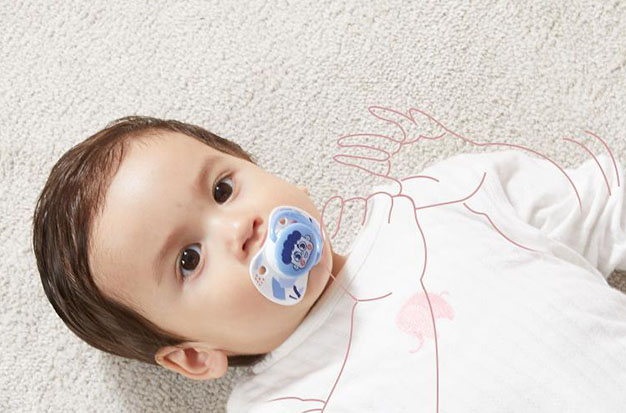
What To Do If Your Child Has Developed Pacifier Teeth?
If your child starts to eat with a pacifier, your first course of action should be to see your dentist, who will probably suggest that you see a pediatric orthodontist. The latter will be able to respond to your inquiries and assist you in choosing the best course of action.
It varies from case to case, but it can also depend on when pacifier use was discontinued, and whether or not pacifier teeth correct themselves. The likelihood that the teeth misalignment will self-correct within 6 months is increased if you identify it and treat it before your child turns 2 years old. When baby teeth start to form adult teeth by the age of 4, orthodontic appliances are the only treatment option.
One of the appliances below may be recommended by your child’s pediatric orthodontist:
- Braces
- Clear aligners followed by retainers
- Tongue cribs
- Bite blocks
- Vertical pull chin cups
- High-pull headgear
It should go without saying that the best way to prevent the condition from getting worse is to stop using pacifiers or thumb-sucking.
How Might Pacifier Teeth Be Avoided?
Stop The Habit Early In Life
When a baby reaches the age of five months and begins cooing and babbling, it’s a good idea to stop giving them pacifiers. They can better control their mouth and tongue at this point. Now sucking takes the place of nursing. The best time to switch to teething rings and other gum-soothing products is when teething first starts.
The emotional stress that could result from weaning or abruptly ceasing pacifier use can be avoided by ceasing the use of the device early. Additionally, there is a higher risk of malocclusion if use continues past the age of two.
But it’s easier said than done to kick the habit. Make the pacifier experience unpleasant if you want to assist your child in giving up the device. To lessen the pleasure of sucking, you can poke a hole in the top of the pacifier or dip it in white vinegar.
Praise And Encouragement Works
When attempting to break a habit, encouragement and praise are both extremely beneficial. When your young child refuses to use a pacifier, compliment them. For each night that goes by without a pacifier, give rewards like a start stamp or other tooth-friendly treats.
Give your baby hugs and kisses if they request a pacifier during tense times. Help your child feel better and make an effort to divert their attention to something else amusing or fun.
Never reprimand your young child for sucking on a pacifier! This might motivate them to use it more to deal with the reprimand.
Switch To An Orthodontic Pacifier
You can use the best kind of pacifiers if you can’t prevent your baby from using one at a young age. Consider an orthodontic pacifier instead of the more typical varieties like single-piece, multiple-piece, novelty, and feeding pacifiers.
In order to reduce most pacifier teeth damage, an orthodontic pacifier is designed. What sets it apart from the competition?
- Its design does not interfere with the normal development of the jawbone and palate
- There is less pressure on the baby’s gums during sucking
- It helps mimic natural suckling by flattening when the baby sucks on it
Therefore, you might as well spend money on a pacifier that prioritizes dental health if you believe it will be impossible to stop your baby from using one anytime soon.
Practice Good Oral Care
Naturally, maintaining your child’s teeth in the best condition for normal development will aid in preventing other dental issues. It is strongly advised to brush your teeth twice daily with age-appropriate toothpaste.
Consider your child’s smile as an investment in their future. Every aspect of adult life, from careers to interpersonal relationships, is greatly impacted by a confident smile.
Conclusion
However, there’s no need to throw away all of your baby’s binkies just yet. You shouldn’t allow your child to use a pacifier well into toddlerhood. Given the advantages they offer, pacifiers are one of many useful parenting tools when a child is young.
To reduce the risk of dental problems that might need orthodontic treatment, you should think about weaning your child off of the pacifier after 24 months of age, preferably by 48 months.
